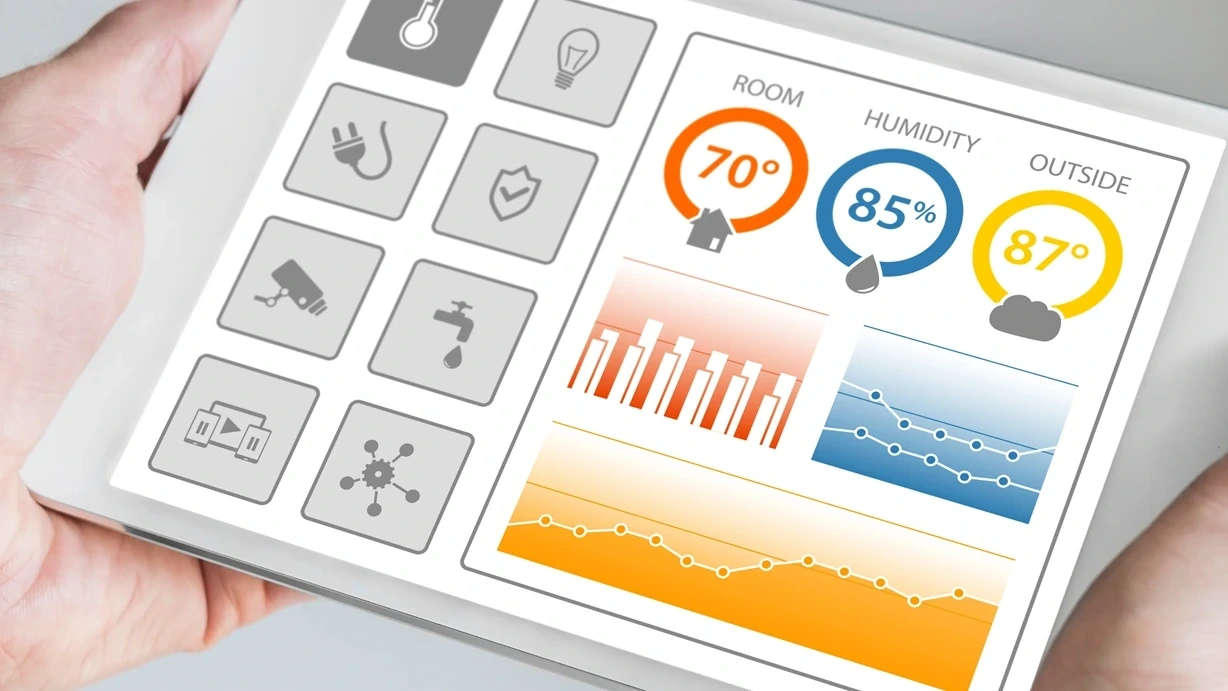In today’s competitive business landscape, understanding your customers and providing personalized experiences is crucial for success. This is where a Customer 360 dashboard comes into play. A Customer 360 dashboard is a powerful tool that provides a comprehensive view of customer information, allowing businesses to make data-driven decisions and deliver exceptional customer experiences.
What is a Customer 360 Dashboard?
In today’s digital age, businesses have access to an abundance of customer data from various sources such as social media, online purchases, customer service interactions, and more. However, this data is often scattered across different platforms and systems, making it difficult for businesses to get a comprehensive view of their customers.
This is where a Customer 360 dashboard comes into play. It is a centralized platform that brings together all customer data from different sources and presents it in a single, unified view. This dashboard acts as a one-stop solution for businesses to understand their customers better and make informed decisions.
The Customer 360 dashboard provides a holistic picture of each customer by consolidating their demographics, purchase history, interactions, reviews, and complaints. It allows businesses to see the complete customer journey, from the first interaction to ongoing engagement and feedback. By having all this information in one place, businesses can gain valuable insights into customer behavior, preferences, and needs.
With these insights, businesses can tailor their strategies to meet individual customer needs. For example, if the dashboard shows that a particular customer frequently purchases a specific product, businesses can personalize their marketing efforts by offering targeted promotions or recommendations for that product. Similarly, if the dashboard highlights a customer complaint or negative review, businesses can promptly address the issue and improve customer satisfaction.
The Customer 360 dashboard also enables businesses to identify trends and patterns across their customer base. By analyzing the data, businesses can uncover common characteristics or behaviors among their customers, allowing them to segment their customer base and create targeted marketing campaigns. This helps businesses optimize their resources and maximize their return on investment.
In conclusion, a Customer 360 dashboard is a powerful tool that consolidates customer data from various sources into a single, unified view. It provides businesses with a holistic understanding of their customers, allowing them to gain valuable insights and tailor their strategies to meet individual customer needs. By leveraging this dashboard, businesses can improve customer satisfaction, drive sales, and ultimately, achieve long-term success.
Why Do You Need a Customer 360 Dashboard?
There are several compelling reasons why businesses need a Customer 360 dashboard:
- Enhanced customer intelligence: A Customer 360 dashboard provides deep insights into customer behavior, preferences, and trends. This enables businesses to understand their customers better and offer personalized experiences.
- Eliminate data silos: Customer data is often scattered across multiple systems and departments. A Customer 360 dashboard breaks down data silos and brings all customer information together in one place, making it easily accessible and actionable.
- Improved cross-department collaboration: With a Customer 360 dashboard, different teams within an organization can collaborate more effectively. Sales, marketing, and customer service teams can align their efforts and deliver consistent messaging and experiences.
- Personalized messages: A Customer 360 dashboard enables businesses to create targeted and personalized marketing campaigns. By analyzing customer data, businesses can segment their customer base and deliver relevant messages that resonate with each segment.
How to Build a Customer 360 Dashboard
Building a Customer 360 dashboard may seem like a complex task, but it doesn’t have to be. Here are the steps to get you started:
Step 1: Define Your Objectives
Before diving into the technical aspects of building a Customer 360 dashboard, it’s important to define your objectives. What do you want to achieve with the dashboard? What key metrics and KPIs do you want to track? Having clear objectives will guide the development process and ensure that the dashboard meets your specific needs.
Step 2: Identify Data Sources
The next step is to identify the data sources that will feed into your Customer 360 dashboard. This can include CRM systems, marketing automation platforms, customer support tools, and more. Make a list of all the relevant data sources and determine how you can integrate them into the dashboard.
Step 3: Choose a Dashboard Platform
There are several dashboard platforms available that can help you build a Customer 360 dashboard. Some popular options include Retool, Voxco, and AWS Customer 360. Evaluate each platform based on your requirements and choose the one that best fits your needs.
Step 4: Design the Dashboard
Once you have selected a dashboard platform, it’s time to design the layout and visualizations of your Customer 360 dashboard. Consider the key metrics and KPIs you identified in step 1 and create visualizations that effectively communicate the data. Keep the design clean and intuitive for easy navigation and understanding.
Step 5: Integrate Data Sources
Now it’s time to integrate your data sources into the Customer 360 dashboard. Most dashboard platforms offer built-in connectors and APIs that allow you to pull data from different sources. Configure the integrations and ensure that the data is flowing into the dashboard correctly.
Step 6: Test and Refine
Before launching your Customer 360 dashboard, thoroughly test all functionalities and ensure that the data is accurate. Gather feedback from stakeholders and make any necessary refinements to improve the user experience.
Step 7: Roll Out and Train Users
Once you are satisfied with the dashboard, it’s time to roll it out to the users. Provide training and support to ensure that users understand how to navigate and utilize the dashboard effectively.
Conclusion
A Customer 360 dashboard is an indispensable tool for businesses looking to gain a competitive edge in today’s customer-centric world. By consolidating customer data and providing actionable insights, businesses can deliver personalized experiences and drive customer loyalty. Follow the steps outlined in this guide to build your own Customer 360 dashboard and unlock the full potential of your customer data.








